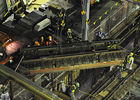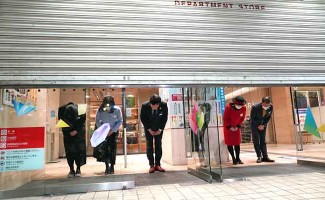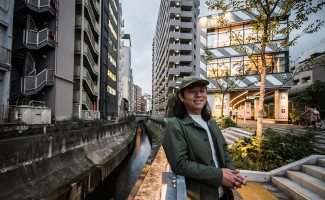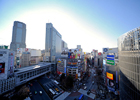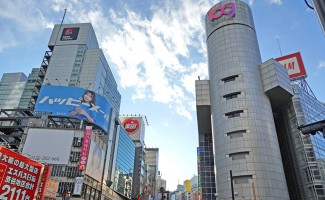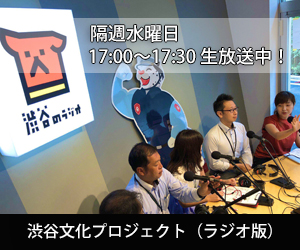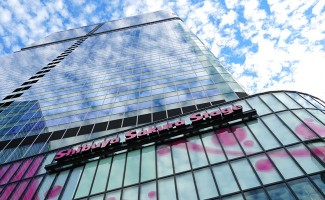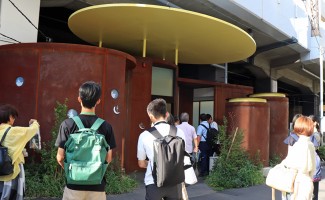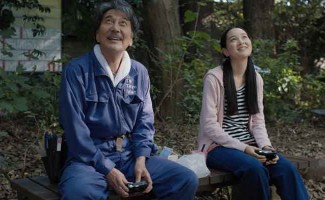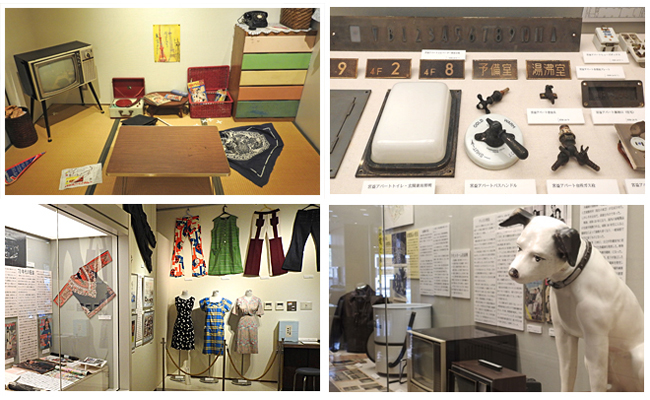
"Living in the nostalgic Showa" at the Shibuya Ward Local Museum Exhibition - Living at the time overlapping with "To and Sister"
There will be a lot of people who was looking forward to NHK continuous TV novel "To and Sister" that gained popularity last year, every morning. The main character, Konbashi Tsukiko's model, is Yoko Ohashi who launched the life magazine "Handbook of Living". It is known as one of the meritorious persons who supported the living of the poor common people after the war by launching the magazine with the motto "Being cherished for common daily lives" to send useful information for daily living. Although the living of the Showa era after the war was never material rich, it is needless to say that the ideas and wisdom that exaggerated the taste of Ohashi et al. Contributed greatly to improvement of the lives of the common people.
70 years since the end of the war, the Shirane Memorial Shibuya Ward Local Museum and Literature Museum The planning exhibition "Nostalgia Showa's Life" that reflects the "postwar Showa" that "and To and Sister" has been living is being held now.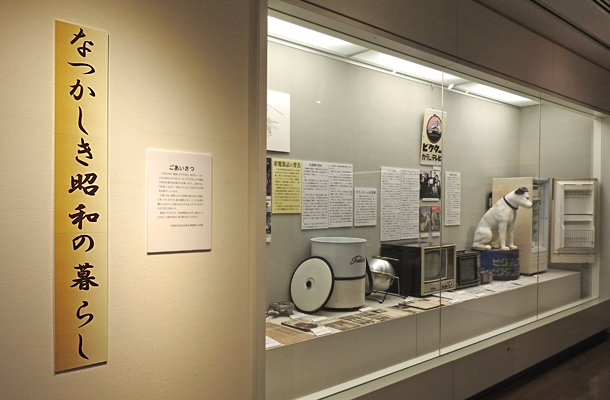 The project is to understand the lives of the people of the Showa era after the war from three perspectives of "home electronics" "housing" "fashion". The exhibition method will display exhibition materials tailored to the category of "home appliances", "houses" and "fads" and the special issue of the "handbook of living" linked to that content side by side, in the play of "and and Sister" It is a taste that can be enjoyed while overlapping with the drawn episode.
The project is to understand the lives of the people of the Showa era after the war from three perspectives of "home electronics" "housing" "fashion". The exhibition method will display exhibition materials tailored to the category of "home appliances", "houses" and "fads" and the special issue of the "handbook of living" linked to that content side by side, in the play of "and and Sister" It is a taste that can be enjoyed while overlapping with the drawn episode.
"Life and household appliances" - From "Shimane" "Electric heaters" to "Three sacred trees" in the period of high economic growth
First of all, the exhibition corner immediately after entering the entrance is "living and home appliances". After the war, in the shortage of metal, duralumin collected in aircraft and so on was released, a large quantity of duralumin products were on sale. Among the exhibits, "Duralumin electric heaters" (circa 1950) published that they were sold in the Shikoku no Yakaichi is open. After the war, the reason for the reconstruction of the home electronics industry and others is that the demand for furniture, home appliances, fixtures, etc. has been born as the housing construction for the soldiers of the resident forces and their families such as Washington Heights (now, Yoyogi Park) large. Based on the blueprints provided by the military forces, Japanese manufacturers learned the latest technologies in the United States and served as clues for the development of the home electronics industry afterwards.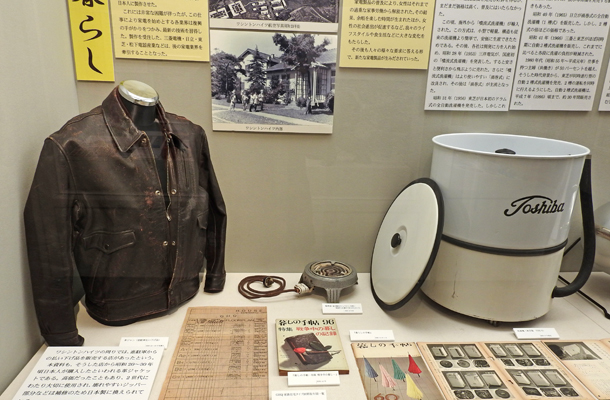 Left photo is "Leather Jean who pays down for the residence army" (around 1950 ~ 30).
Left photo is "Leather Jean who pays down for the residence army" (around 1950 ~ 30).
In the vicinity of Washington Heights, there were many shops selling merchandise payable
After the war, it was "washing machine" that released women from overworked domestic labor. Time to enjoy leisure time was born, and it is one of the household appliances that had a great influence on the promotion of women's social advancement. In the same space, at that time, Toshiba small washing machine "TYPE-P" (manufactured in 1955) which was high-class was then lined up, and a manual washing machine "Gull home home washing machine" (Showa 32 to 45 years) etc. line up. Many people remember that a fierce commodity test battle with a fictitious electric appliance manufacturer "Akanebane Electric Manufacturing" was unfolded in the play of "and and Sister", but "living hand book" Actual articles on the product test of the featured "washing machine 12 types" are also posted.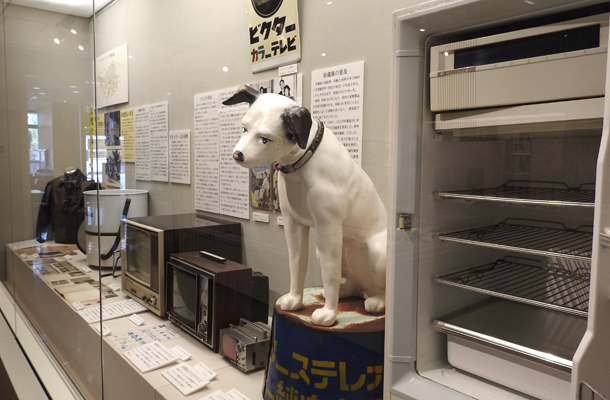 Besides that, like "washing machine", "TV," "fridge" etc, which were popular appliances for common people as "three kinds of sacred treasure" are also displayed.
Besides that, like "washing machine", "TV," "fridge" etc, which were popular appliances for common people as "three kinds of sacred treasure" are also displayed.
"Housing and living" - From postwar post-warfare to Miyamoto apartment etc. "Apartment building"
Following "home appliances", "Correspondence with housing" corner. Shibuya Ward burned down 77% of the total area at the Tokyo Air Raid, making it one side burned. After the end of the war, people build simple huts such as barracks and start living. Especially in the controlled economy from 1954, it was not uncommon for houses to live together in narrow houses with families, because buildings exceeding 12 tsubo were not permitted due to lack of building materials. Among "Sando-neechan", there was an episode that it is easy to heal the spirit of Mr. Chiyo Todo, a teacher of a girls school era who plays Kari Tsuri playing Kuragi. Although it was after the war, it can be seen that the people of those days were struggling strong dissatisfaction in a small house. Changes in the housing circumstances, such as increasing and remodeling to the American style housing incorporating "12 tsubo restricted housing" (around 1945) and "dining kitchen" after the cancellation of control in the same space. In addition, the metropolitan housing "Hatagaya Dai 2 Housing" (Showa 23), which divided one building into two in a wooden flat store, the four-story apartment building "Tsubomihashi apartment" (Showa 26), "Yoyogi Sanya apartment" (Showa 27) etc., introduces the transition of "public housing" which was constructed one after another to solve housing shortage.
Also worth noting is the Miyamasu Apartment (Showa 28), which was the first reinforced concrete apartment building in Japan. The apartment, which has been built for over 60 years near Shibuya Station and adjacent to Shibuya Hikarie , is currently under construction. In fact, when this apartment was built, it was an ultra-high-end residence where elevator girls were on the elevator. Central heating was fully equipped, and each floor was equipped with state-of-the-art equipment such as a dust chute and an e-mail shooter for posting mail in the elevator hall.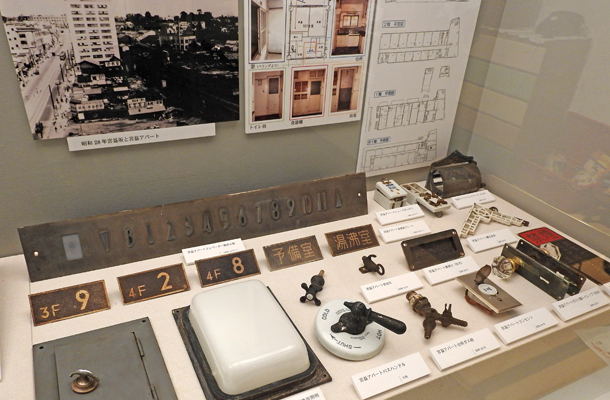 In addition to the layout of rooms on each floor, parts and plates such as "elevator floor display board", "toilet / entrance / doubles lighting", "bus handle", "glass toilet knob", etc. which were removed before dismantling work are exhibited. By the way, "Miyamasa apartment" will be reborn into "complex-use apartment" in the ground floor two floors 15 floors above ground in 2019.
In addition to the layout of rooms on each floor, parts and plates such as "elevator floor display board", "toilet / entrance / doubles lighting", "bus handle", "glass toilet knob", etc. which were removed before dismantling work are exhibited. By the way, "Miyamasa apartment" will be reborn into "complex-use apartment" in the ground floor two floors 15 floors above ground in 2019.
"Fashion and Life" - From "One-piece Cut" to Showa Retro Toys
The end is "Fashion and Life" corner. Due to the reaction to restrictions on clothing items during wartime and admiration for American culture, the spread of clothes is accelerating at a stroke after the war. "Modern clothes" that kimono was tailor-made in clothes style appeared around 1953, taking as an example the dress of the warriors of the resident troops. Among "Sando-neechan", one piece of "straight cut" which remade the kimono was introduced.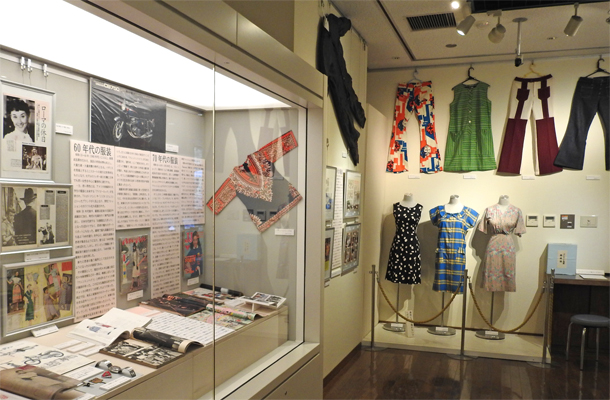 In the 1950's, the stall that the movie 'Your name is' (Showa 28) was worn by Mr. Keiko Shikoku as 'Machiko Volume' and the hairstyle of Audre Hepburn of 'Roman Holiday' (Showa 28) The popularity gathered, the movie has had a strong influence on fashion. In the venue, nostalgic fashion items such as upperpappa, pantalon, bellbottom pants, Kaminari genuine leather jeans, etc., are displayed for the summer women's clothing. Besides, other than clothing, there are many items that feel Showa retro such as Kamen Rider, Ultraman, Godzilla and other toys, then popular songs of the time as "fashionable with children".
In the 1950's, the stall that the movie 'Your name is' (Showa 28) was worn by Mr. Keiko Shikoku as 'Machiko Volume' and the hairstyle of Audre Hepburn of 'Roman Holiday' (Showa 28) The popularity gathered, the movie has had a strong influence on fashion. In the venue, nostalgic fashion items such as upperpappa, pantalon, bellbottom pants, Kaminari genuine leather jeans, etc., are displayed for the summer women's clothing. Besides, other than clothing, there are many items that feel Showa retro such as Kamen Rider, Ultraman, Godzilla and other toys, then popular songs of the time as "fashionable with children".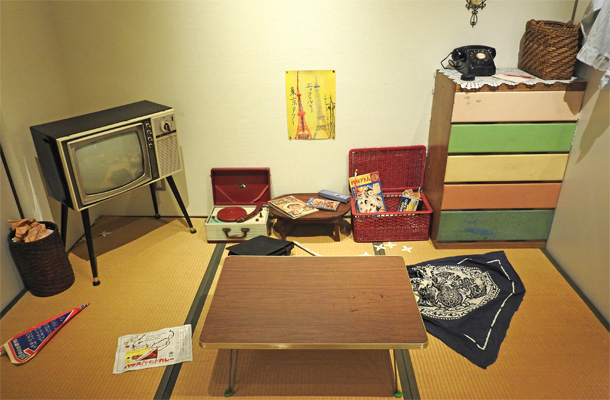 In the corner of the venue, the living room of ordinary households around 1954 was reproduced. You can encounter a nostalgic sight that unexpectedly invites a feeling of nostalgia, such as black fixed telephones, monochrome TVs, children's chamberrakers' tools.
In the corner of the venue, the living room of ordinary households around 1954 was reproduced. You can encounter a nostalgic sight that unexpectedly invites a feeling of nostalgia, such as black fixed telephones, monochrome TVs, children's chamberrakers' tools.
People who have lived in the same era will find a memorable time at that time, and people of generations who do not know then will be valuable opportunities to know the history of the history up to this day. Please visit us during the exhibition.
Exhibition "Natsukashiki Showa's Life"
〇 Period: January 31 (Tue) - March 26 (Sun) of Heisei 30
〇 Time: 11: 00-17: 00
○ Location: Shirane Memorial Shibuya Ward Local Museum · Literature Hall
〇 Address: 9-1 Higashi 4-chome Shibuya-ku
Yes fee: General 100 yen, elementary and junior high school students 50 yen
〇 Official:Https://www.city.shibuya.tokyo.jp/edu/koza/12kyodo/kyodoindex.html#1

Editorial department · Fuji Itakashi
Shibuya registrar. In addition to Shibuya of Culture information, seasonal news and topics, it will spell write that feel every day.
